Public transportation rarely ranks as a tourist attraction in its own right. Most travelers view trains, buses, and subways as mere conveyances—functional systems to be tolerated rather than enjoyed. Yet, in certain cities around the world, the local rail networks transcend their utilitarian purpose to become essential components of the urban experience.
Some train systems achieve this distinction through spectacular engineering, others through historical significance, and some through integration with breathtaking landscapes. For travelers who appreciate the romance of the rails or the marvel of efficient urban design, these cities offer journeys that justify the visit regardless of the destinations they connect.
Tokyo

Tokyo’s train system stands as humanity’s most impressive achievement in mass transit, moving an almost unfathomable 40 million passengers daily with Swiss-like precision. The network’s punctuality has become legendary, with delays measured in seconds rather than minutes and public apologies issued for trains departing mere moments ahead of schedule.
Beyond its technical perfection, the system offers a masterclass in crowd psychology, with subtle design elements like blue platform lighting to reduce suicide attempts and melody jingles unique to each station. First-time visitors experience an immediate sense of wonder at the sheer scale and efficiency, watching dense crowds move with surprising grace through a system that makes the impossible look routine.
Hong Kong
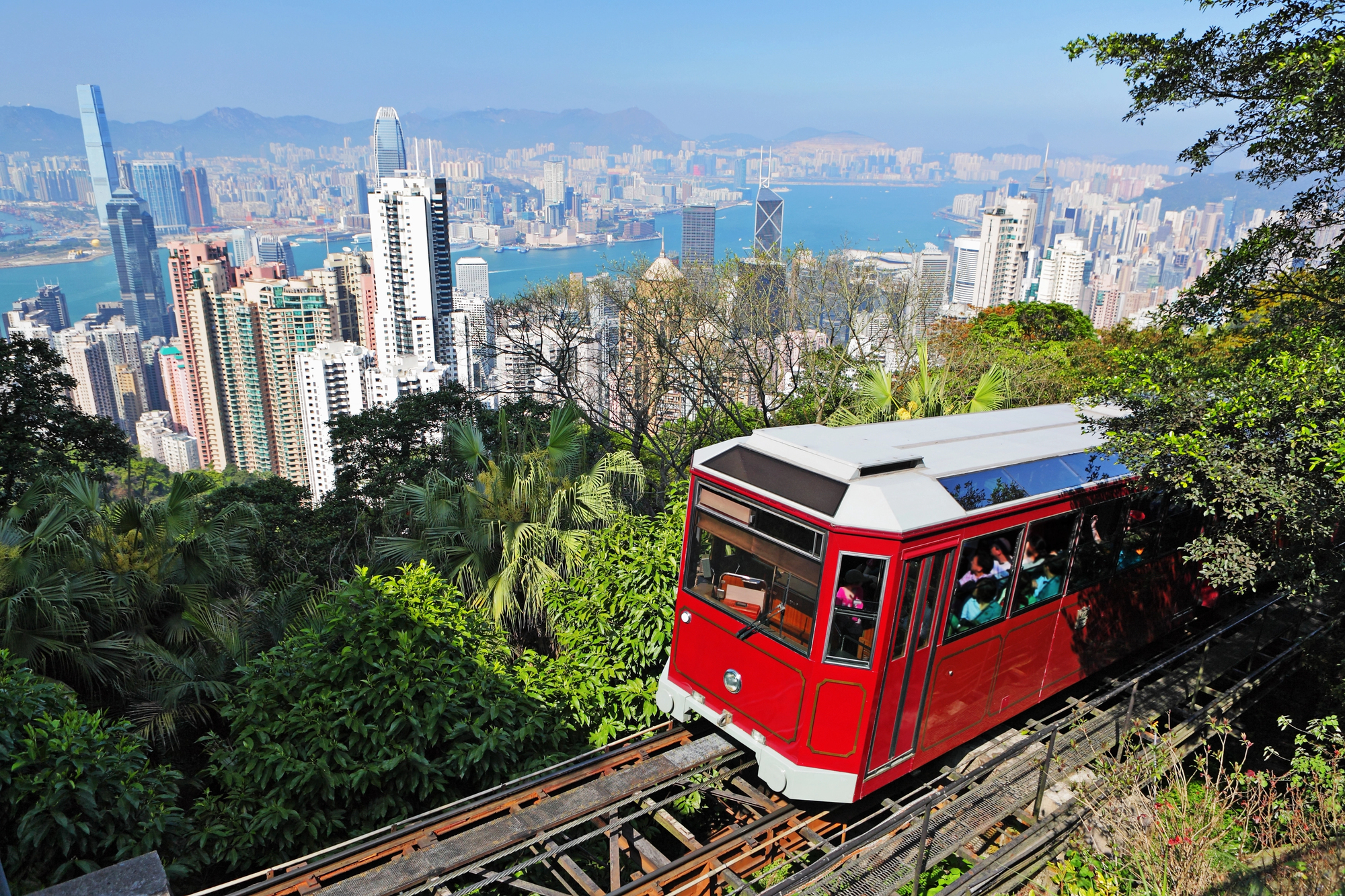
Hong Kong’s MTR elevates subway travel to a standard that makes visitors reconsider what public transportation can be. The stations gleam with cleanliness rarely associated with underground transit, while glass platform doors eliminate both accidents and the unpleasant air pressure changes common in other systems.
The network’s integration with shopping malls and office complexes creates a three-dimensional city where the boundaries between transportation, retail, and workplace blur into a seamless urban ecosystem. The Airport Express line offers perhaps the world’s most efficient city connection, whisking travelers from terminals to downtown in just 24 minutes with in-town check-in options that eliminate airport luggage hassles.
London
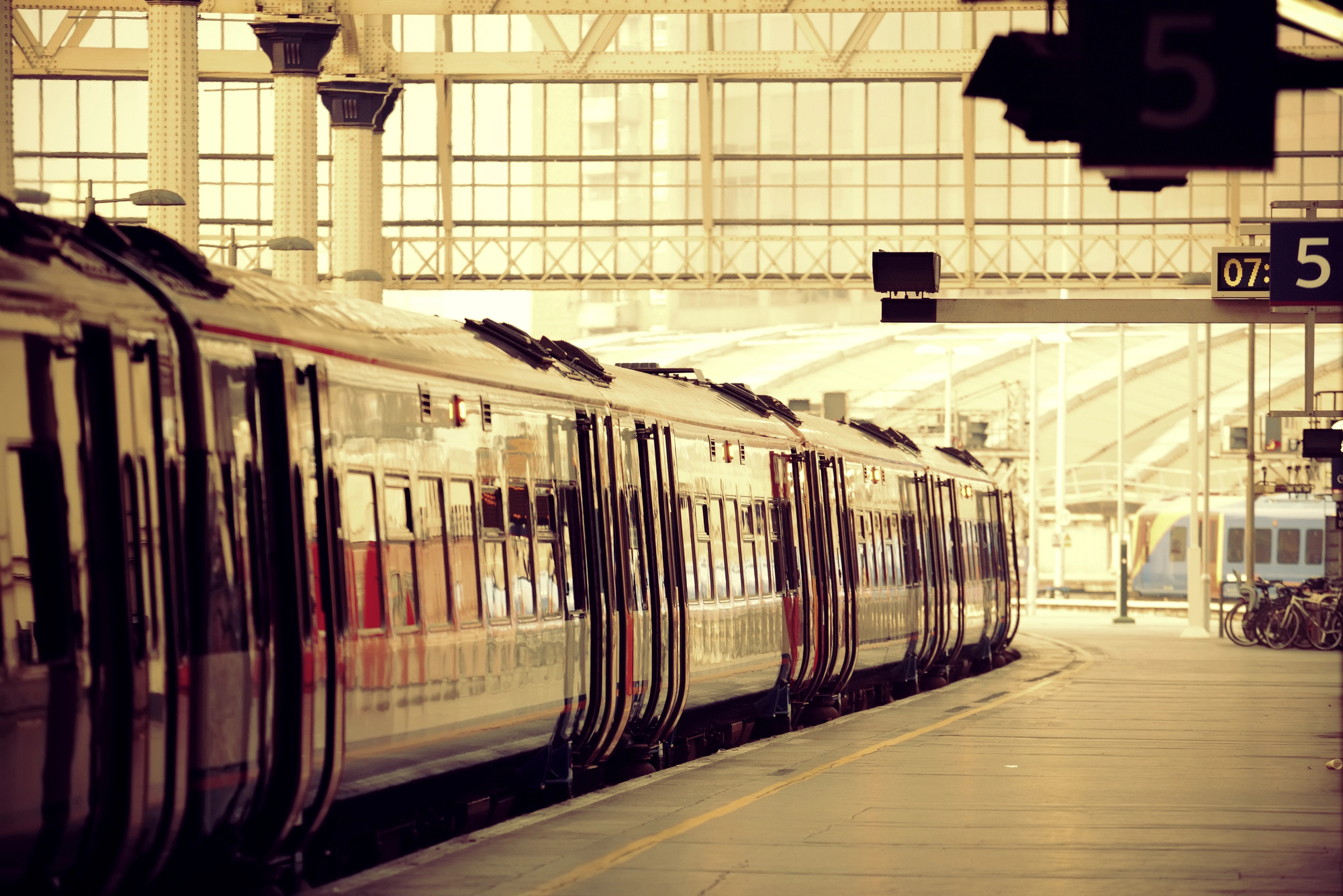
London’s Underground carries the weight of being the world’s first subway system, with a visual identity so strong that its map and roundel logo have become global design icons. The network blends Victorian engineering with modern additions, allowing passengers to travel through distinct layers of history as they move between stations built across three different centuries.
The cultural impact extends beyond transportation—the iconic phrase ‘Mind the Gap’ has entered global consciousness, while the map’s design by Harry Beck revolutionized how we visualize transport networks worldwide. Though not the most modern system, the Tube’s historical significance and its essential role in London’s literary and cinematic identity make it an attraction that transcends its functional purpose.
Like Travel Pug’s content? Follow us on MSN.
Moscow

Moscow’s metro stations transform the mundane act of catching a train into an encounter with breathtaking subterranean architecture. The system functions as an underground palace network, with stations featuring chandeliers, mosaics, stained glass, and sculptures that would look at home in world-class museums.
Built during the Soviet era as the ‘People’s Palaces,’ the stations reflected an ideology that believed even everyday public spaces should inspire awe. The Circle Line offers the most concentrated collection of spectacular stations, with Komsomolskaya’s yellow ceiling and grand chandeliers standing as perhaps the most photographed subway platform in the world.
Visitors routinely spend entire days underground, treating the network as an art museum that happens to have trains running through it.
San Francisco
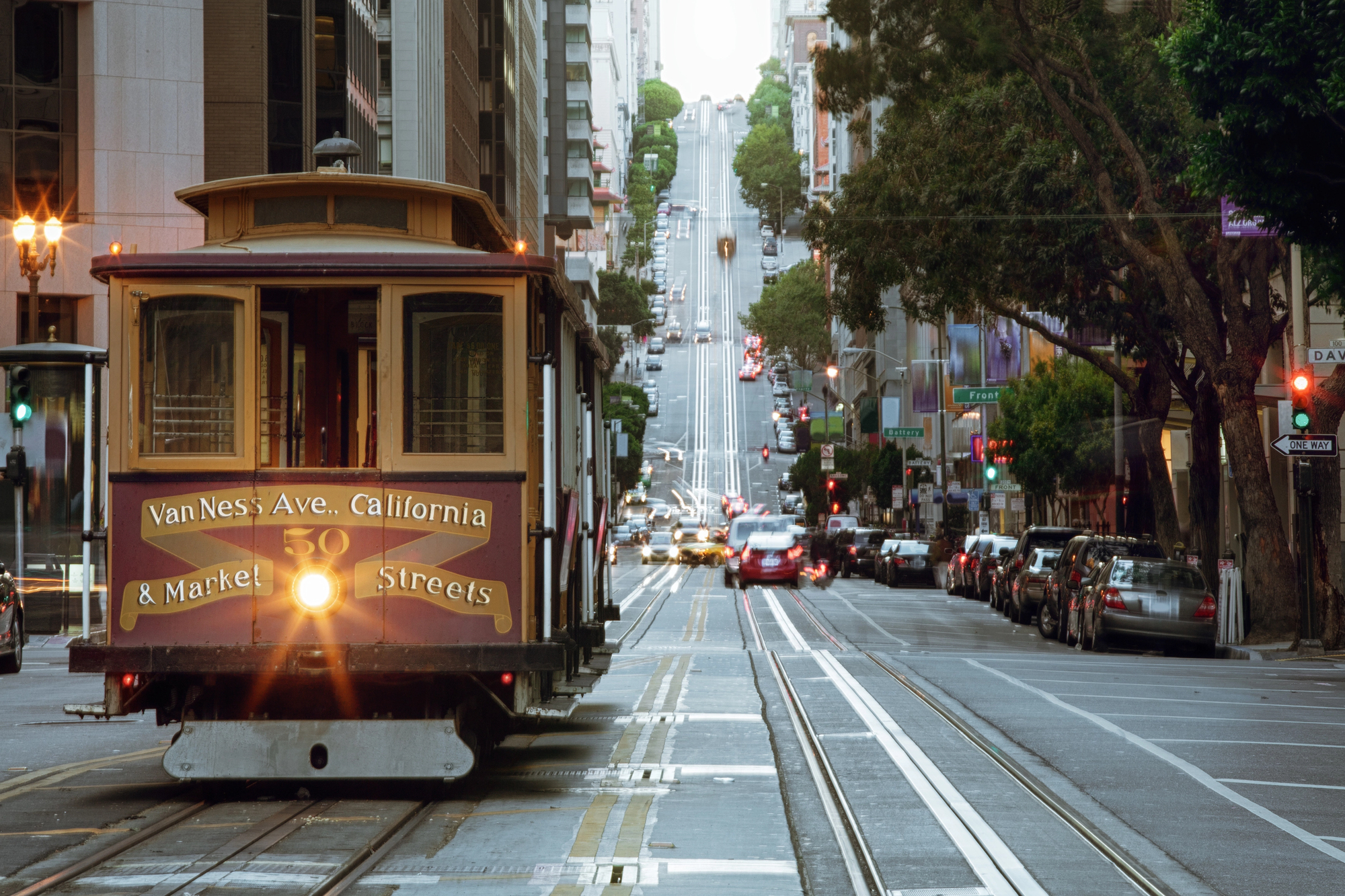
San Francisco’s cable cars represent the last permanently operating system of their kind in the world, climbing impossible grades that conventional transit couldn’t manage when they were introduced in 1873. These moving national historic landmarks offer quintessential San Francisco experiences as they crest hills to reveal sudden, spectacular views of the bay.
The physical experience of riding differs fundamentally from modern transit—passengers stand on running boards and grip poles as the cars navigate 21-degree slopes, and feel the vibration of cables running constantly beneath the streets. The system’s operation remains largely unchanged since the 19th century, with human grip operators still manually controlling the cars’ connection to the underground cable.
Lisbon
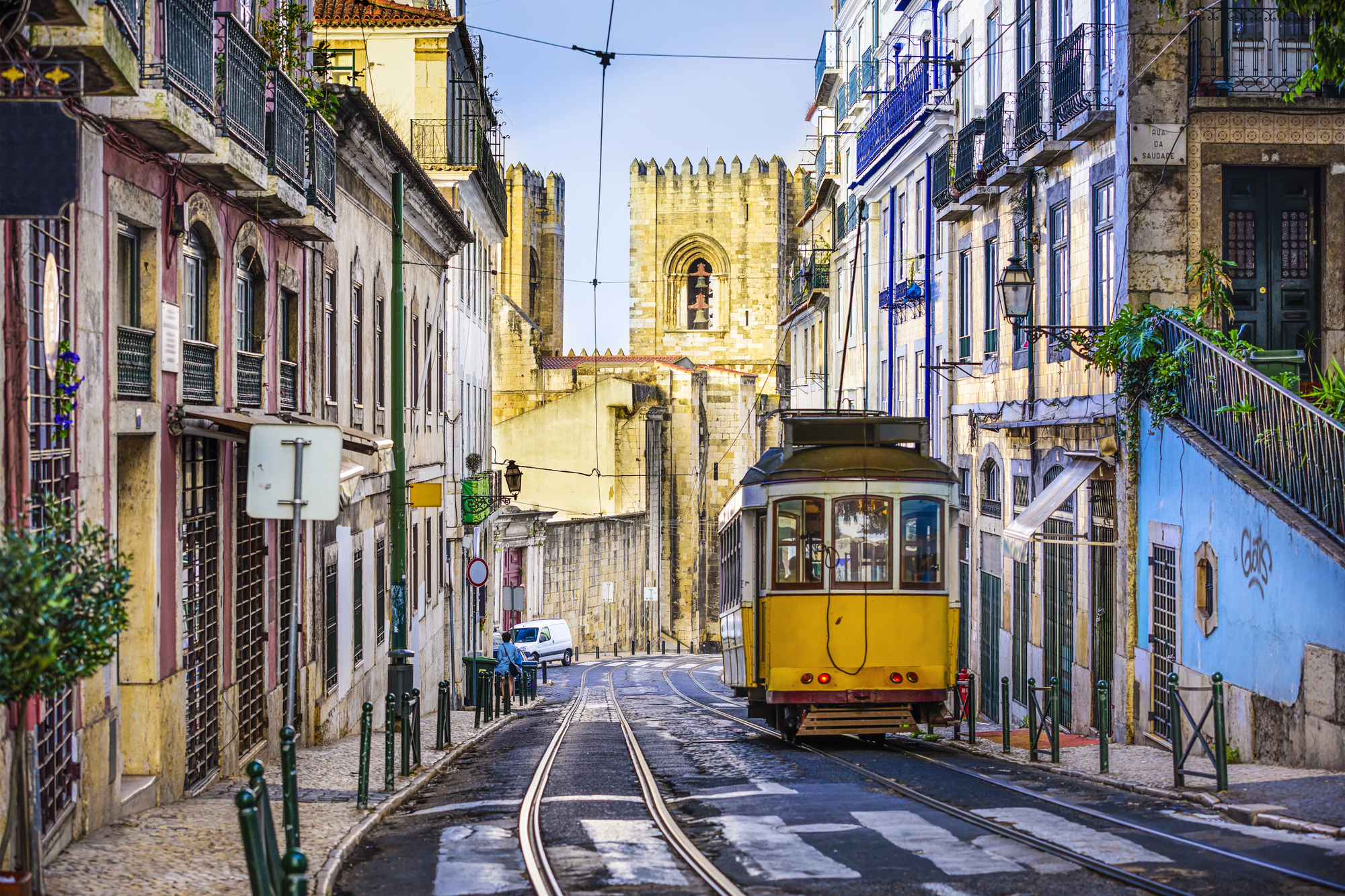
Lisbon’s iconic yellow trams navigate streets so narrow and hills so steep that no modern vehicle could replace them, creating a transit experience inseparable from the city’s character. The vintage Remodelado streetcars, particularly the famous Tram 28 route, function simultaneously as practical transportation for locals and moving viewpoints for visitors seeing the city for the first time.
The physical experience engages all senses—the distinctive rumble and screech as wooden trams navigate sharp turns, the smell of the wooden interiors, and the constant interplay of light as the vehicles move through narrow streets where buildings nearly touch across the thoroughfare. The system demonstrates how transportation infrastructure can become so perfectly adapted to a specific urban environment that it becomes an essential expression of place.
Like Travel Pug’s content? Follow us on MSN.
New York

New York’s subway embodies the city’s contradictions—simultaneously frustrating and essential, decaying yet resilient, utilitarian in design yet culturally significant beyond measure. The system’s 24-hour operation reflects the city’s sleepless identity, while its extensive express services created the possibility of living in distant neighborhoods while working in Manhattan.
Unlike more modern systems designed as unified networks, New York’s subway emerged from competing private companies, creating quirks like redundant lines just blocks apart and stations where passengers can’t transfer between lines that visibly cross. This massive system, with more stations than any other in the world, has substantially shaped the city’s literature, film, music, and art, making it perhaps the most culturally significant transit system globally.
Zürich

Zürich’s transit system achieves the highest aspiration of public transportation—such perfect integration into daily life that it nearly disappears from conscious consideration. The Swiss system’s legendary punctuality combines with neat integration between trains, trams, and buses, creating transfer windows that would be impossibly tight elsewhere but function reliably here.
The network extends across the picturesque lake with passenger ferries that operate as normal components of the transit system rather than tourist attractions. The most remarkable feature may be the cultural consensus around public transportation—executives ride alongside students and laborers, with car ownership considered an unnecessary burden rather than a status symbol in a city where transit works this well.
Stockholm
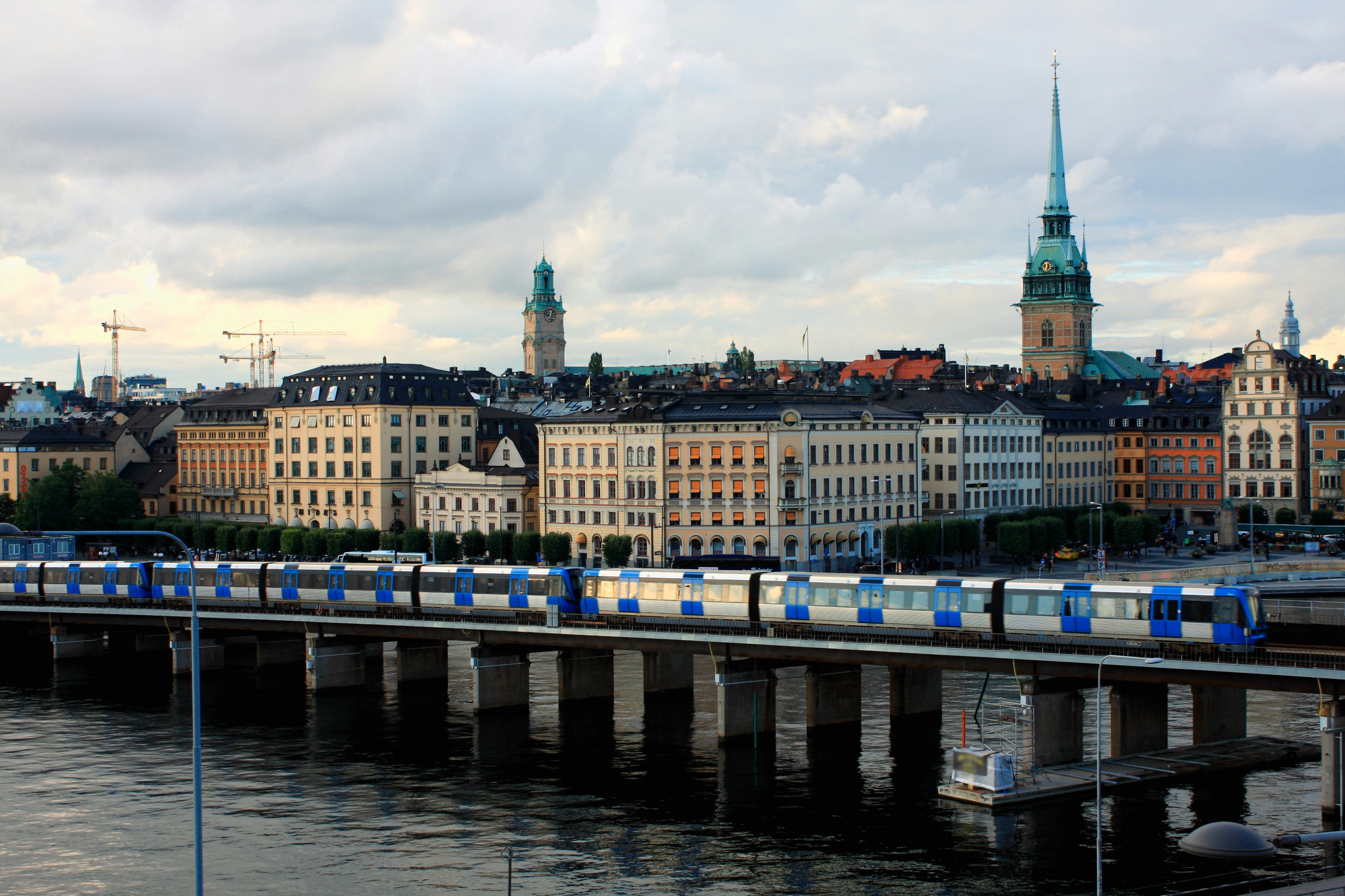
Stockholm’s subway system functions as the world’s longest art gallery, with more than 90 of the 100 stations featuring installations by over 150 artists across a 70-mile network. The bedrock stations of the Blue Line offer the most dramatic examples, with cavernous platforms where exposed rock formations have been incorporated into breathtaking artistic statements. Rådhuset station evokes a subterranean archaeological dig, while T-Centralen features abstract blue floral patterns across its massive rock ceiling.
This artistic program began in the 1950s with the practical goal of deterring vandalism, evolving into a systematic policy of making art accessible to all citizens regardless of their interest in visiting traditional museums. The network demonstrates how thoughtful public investment can transform daily commutes into meaningful cultural experiences.
Like Travel Pug’s content? Follow us on MSN.
Mexico City
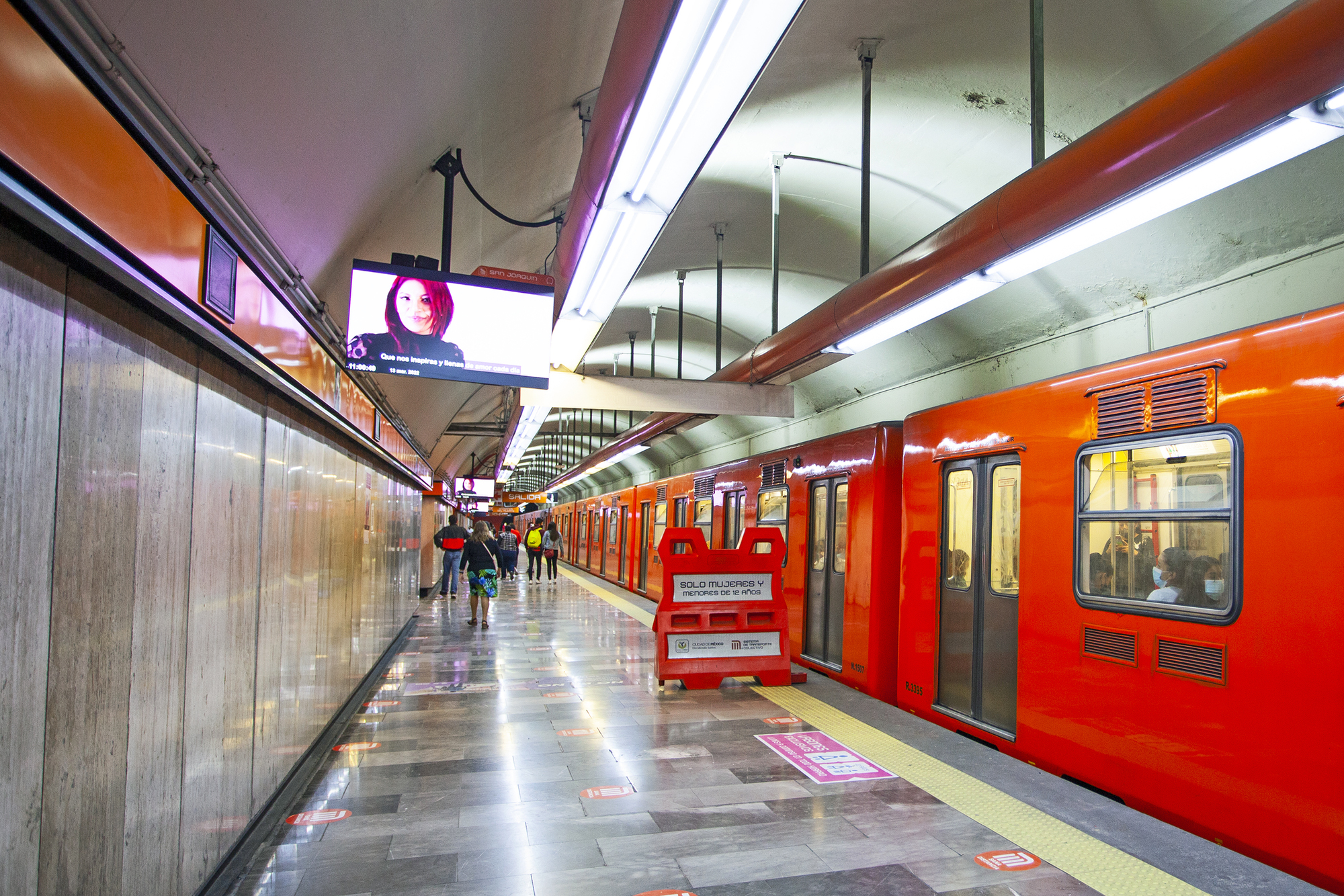
Mexico City’s metro moves a staggering 4.6 million riders daily at a flat fare of 5 pesos (about 25 cents), making it one of the world’s most economically accessible major transit systems. The network compensates for a multilingual population with a unique feature—every station has its own icon representing the surrounding neighborhood, from historical figures to local flora and fauna.
The system unexpectedly doubles as an archaeological site, as the construction of Line 2 unearthed significant Aztec artifacts that are now displayed in Pino Suárez station, including the remains of a pyramid. Despite its massive scale and extraordinary affordability, the metro maintains surprising touches of design excellence, including the space-age rubber-tired trains on several lines that provide quieter operation than conventional steel wheels.
Berlin
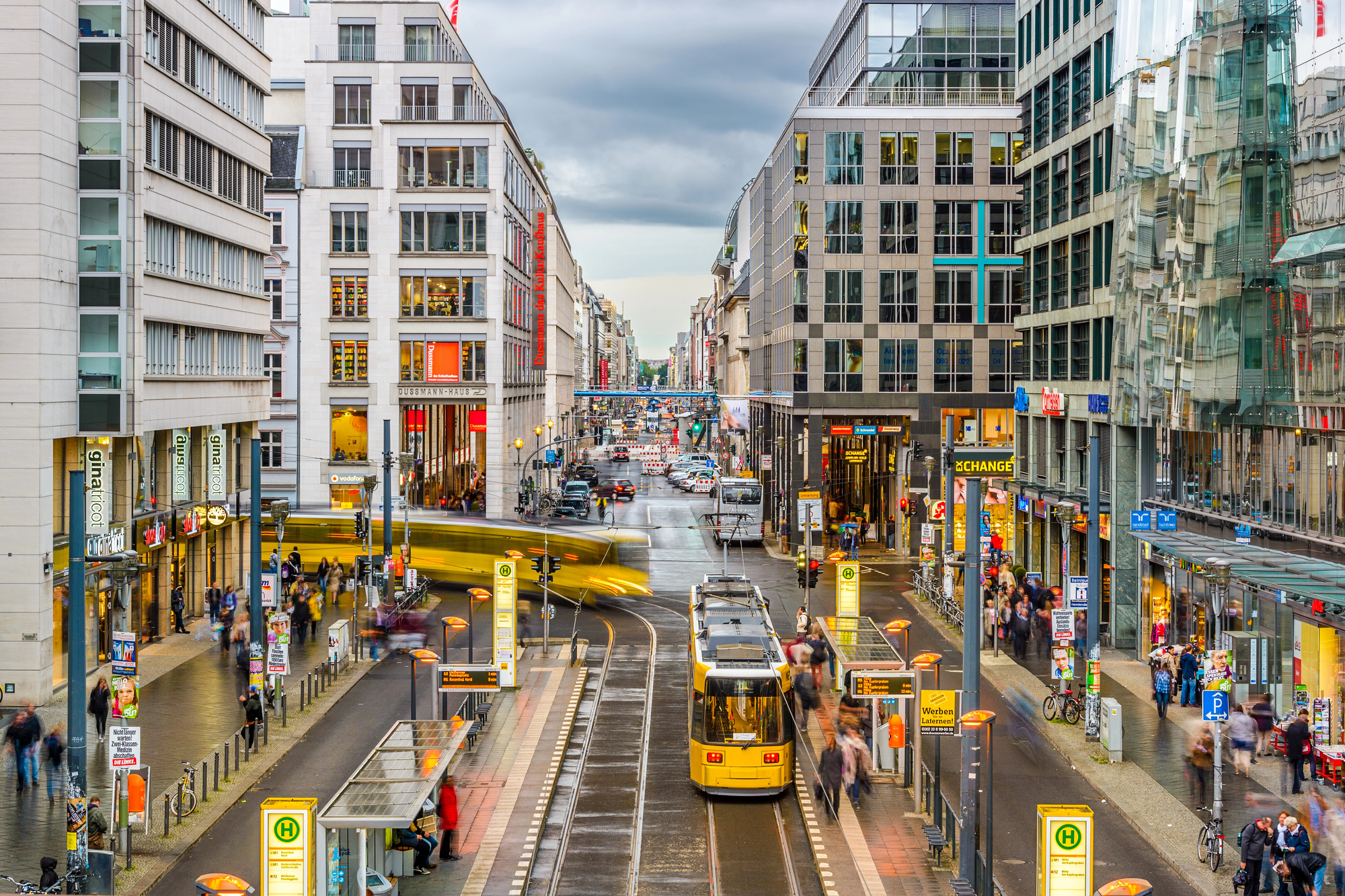
Berlin’s U-Bahn and S-Bahn networks function as a living museum of German design history, with stations preserving distinct architectural periods from Imperial grandeur to stark Cold War functionalism. The divided city created parallel transit systems that evolved separately for decades, with ghost stations where trains from West Berlin passed through but didn’t stop in East Berlin territory.
The network provides a physical timeline of Berlin’s tumultuous history—stations designed during the Kaiser’s reign, stripped of ornamentation under Nazi modernism, divided during the Cold War, and reconnected in the post-reunification era. The system’s yellow trains have become so iconic that the specific shade (RAL 1028) has become known as ‘U-Bahn yellow,’ a color immediately associated with Berlin in the German imagination.
Chicago
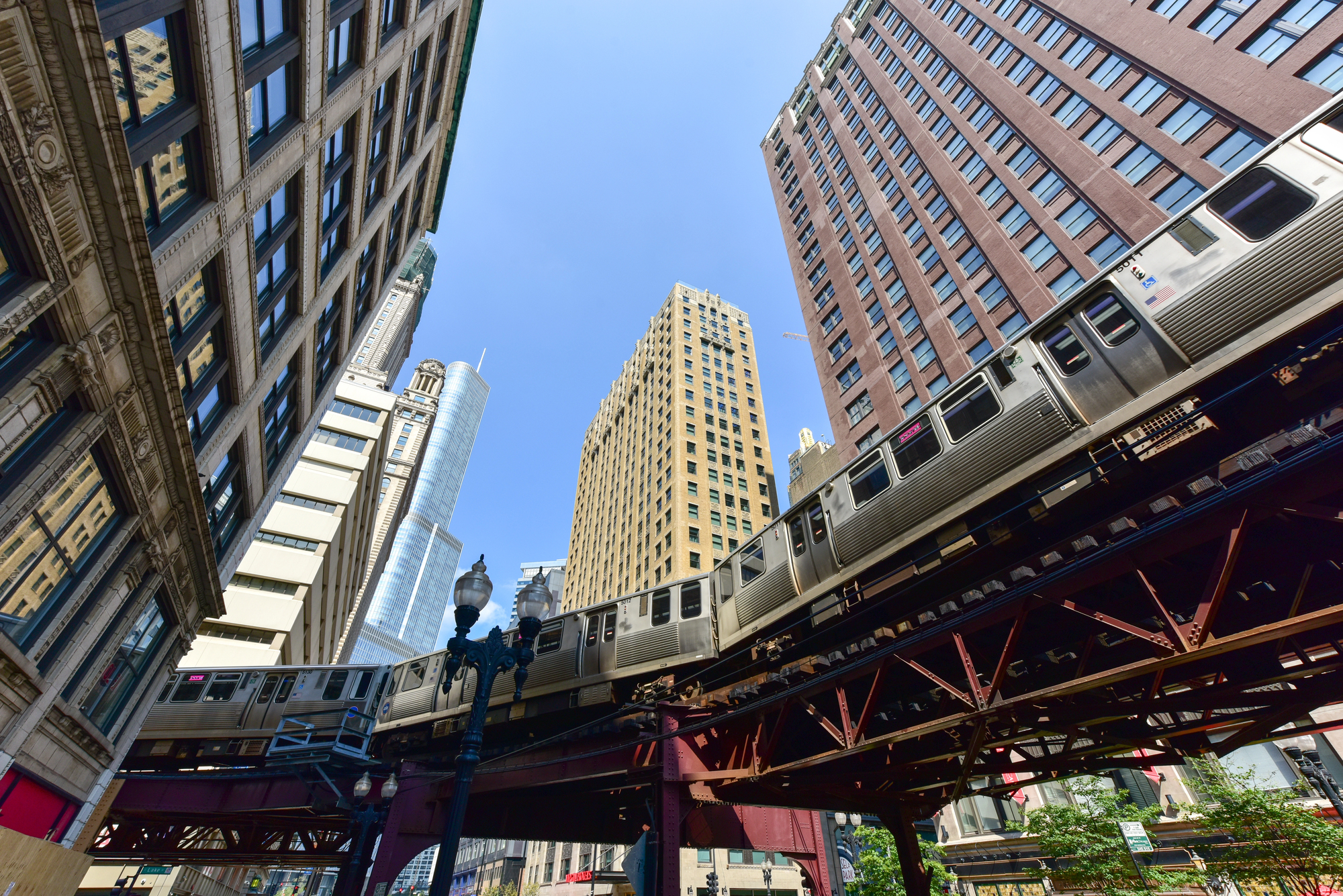
Chicago’s ‘L’ system offers the most cinematically perfect elevated train experience in the world, with the Loop section providing both the system’s nickname and its most distinctive feature. The downtown elevated circuit creates uniquely Chicago visuals—trains rounding tight curves between skyscrapers, shadows of passing cars moving across office windows, and the distinctive rumble that has provided the soundtrack for countless films set in the city.
The historic nature of the infrastructure—much of it over a century old—creates a visceral connection to the city’s industrial past that modern subways can’t match. The system perfectly complements Chicago’s architectural significance, with train rides offering moving perspectives on buildings designed by legends like Sullivan, Burnham, and van der Rohe.
Like Travel Pug’s content? Follow us on MSN.
Paris
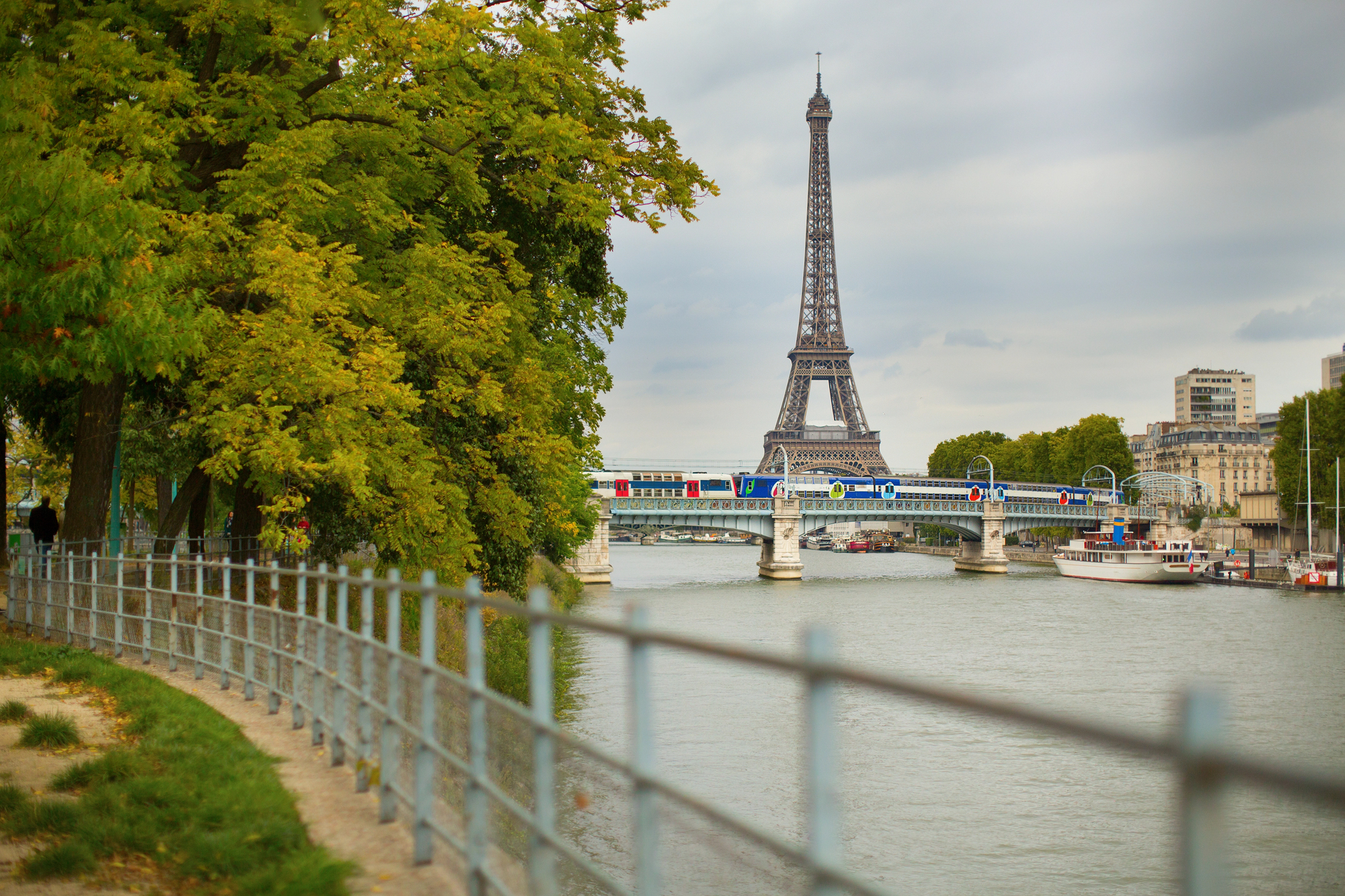
Paris boasts a metro system that mirrors the city itself—a perfect marriage of beauty and function delivered with a distinctly French aesthetic philosophy. The iconic Art Nouveau station entrances designed by Hector Guimard have become symbols of Paris, almost as recognizable as the Eiffel Tower, elevating utilitarian access points to ornamental city features.
Inside, the system’s uniform design creates a coherent identity while accommodating massive passenger volumes through thoughtful engineering that has influenced transit design worldwide. Line 6 offers what many consider public transportation’s most spectacular views as it crosses the Seine on the Pont de Bir-Hakeim, providing a perfect tableau of the Eiffel Tower that countless visitors make special trips to experience.
Glasgow

Glasgow’s subway holds the distinction of being the world’s third-oldest underground system and the only one never to have expanded beyond its original route. The perfectly circular line, nicknamed the ‘Clockwork Orange’ for its distinctive color and reliable operation, has been carrying passengers on the same 6.5-mile loop since 1896.
The system’s charming peculiarity extends to its unusually small tunnels and cars, built to a smaller loading gauge than any other metro system, giving passengers a sense of traveling in a miniaturized transit system. Despite its age and limited scope, the subway remains essential to Glasgow’s identity and daily function, demonstrating how even the simplest transit systems can become beloved cultural institutions when they serve their communities reliably for generations.
Rio de Janeiro
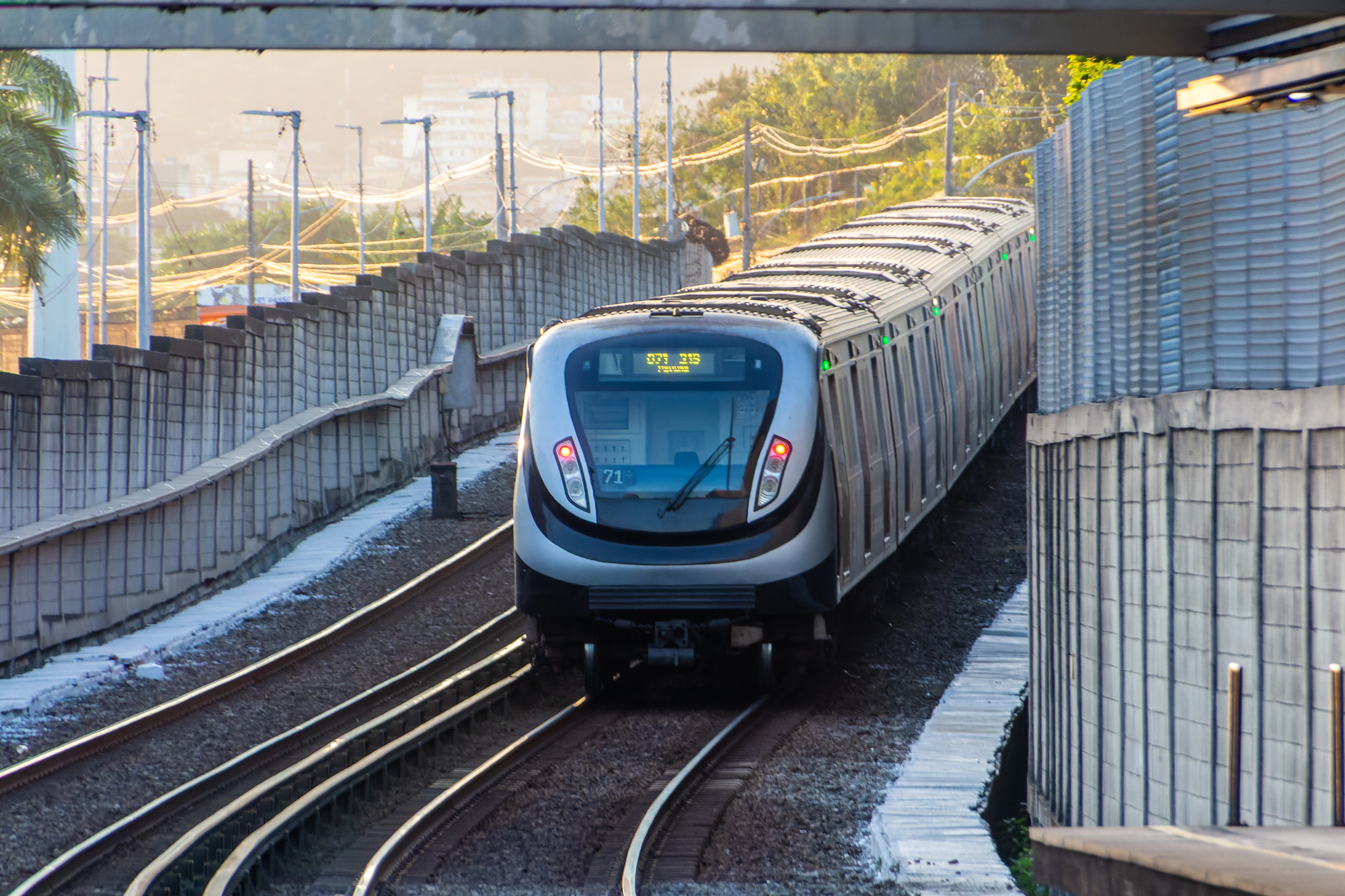
Rio’s railways offer perhaps the most spectacular urban transit views in the world, with trains ascending Corcovado mountain through the Atlantic rainforest to the iconic Christ the Redeemer statue. The urban system complements these tourist-focused routes with practical transportation that navigates the challenging geography of a city squeezed between mountains and sea.
The SuperVia commuter rail provides access to neighborhoods rarely seen by visitors, offering authentic glimpses of everyday life well beyond the beach zones of Copacabana and Ipanema. The historic Santa Teresa Tram, with its open-sided yellow cars climbing the bohemian hillside neighborhood, captures Rio’s distinctive blend of European influence and Brazilian adaptation to challenging topography.
Like Travel Pug’s content? Follow us on MSN.
The Romance of Urban Rail
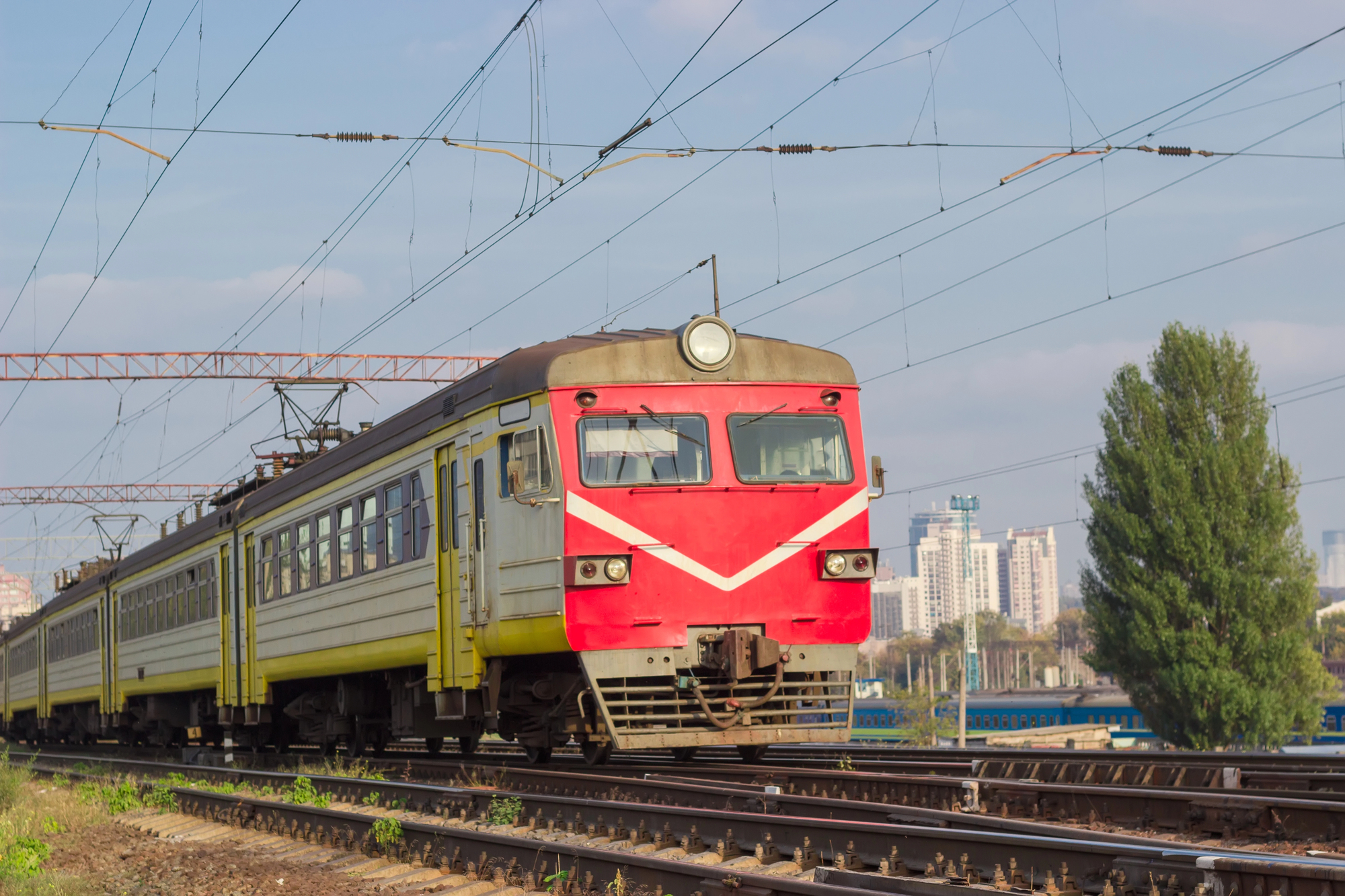
These systems demonstrate how public transportation can transcend mere utility to become essential components of urban identity and worthy attractions in their own right. The most remarkable transit networks do more than move people efficiently—they tell stories about the cities they serve, reflect cultural values through design choices, and create unique experiences available nowhere else.
For travelers who understand that the journey often matters more than the destination, these cities offer rail experiences that justify the visit regardless of where the trains might take you after you board.
More from Travel Pug

- Cities Growing so Fast You Won’t Recognize Them in 10 Years
- 13 Destinations Where Tourists Regularly Regret Their Trip
- 20 Obscure WWII Sites Even History Buffs Don’t Know About
- 10 Under-the-Radar Mountain Towns That Are Both Affordable and Beautiful
- Remote Villages in Europe Where You Can Live for Free in Exchange for Work
Like Travel Pug’s content? Follow us on MSN.
